Energy renovation strategy in Girona
Proposal
The project arises from the desire of the Observatori de la Rehabilitació i Renovació Urbana de les Comarques de Girona (OBRE) and the Diputació of Girona to have a study of the residential stock of the province of Girona that identifies the most representative building typologies, analyses their energy performance and assesses possible improvement actions aimed at achieving decarbonisation objectives.
Objectives
The object of this study goes hand in hand with the main objective of the Observatory, which is none other than the promotion of what we call conscious refurbishment. This concept includes those renovations that go beyond cosmetic and aesthetic interventions and involve improvements in the quality of life of people and the environment. In the case of this study, energy improvements that help to reduce the consumption and losses of our buildings and that therefore improve the daily life of users and are more sustainable.
Approach
The methodology used, based on the urbanZEB tool, allows for an architectural characterisation of the province’s housing stock. From this process, together with the OBRE and the Diputació of Girona, the priority building typologies are selected for a more in-depth analysis of their construction characteristics: the traditional “masia” and the muti-family buildings of the 60’ and 70’. On this basis, the current energy diagnosis is carried out as well as the improvement proposal, using the energy simulator on an urban scale that allows the energy and economic impacts of the refurbishment to be defined.
urbanZEB is part of a new generation of strategic tools based on the Urban Building Energy Model (UBEM) methodology, especially aimed at public administration and urban planning and architecture teams working on projects at the urban area level.
Results
The results of the study, based on the needs of the OBRE and the Diputació of Girona, are linked to the requirements established in the bases of the aid programmes related to energy renovation of the NGEU funds. In this sense, on the selection of priority building typologies, the physical diagnosis and the potential for improvement after energy renovation is defined, using conventional and low carbon embedded materials. For the priority typologies, it is defined:
- Heating energy demand per m²
- Heating energy rating
- Primary heating energy consumption per m²
- Energy rating of primary heating energy consumption per m²
- Energy bill per dwelling
- Economic cost of the intervention
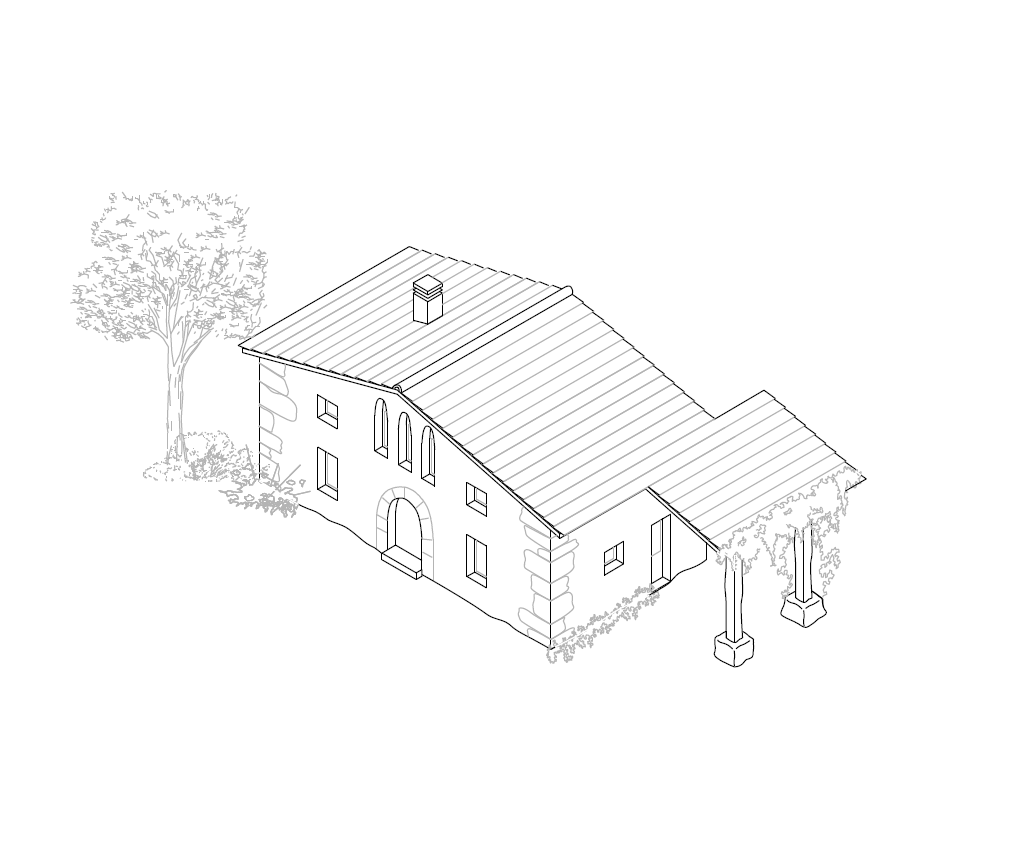
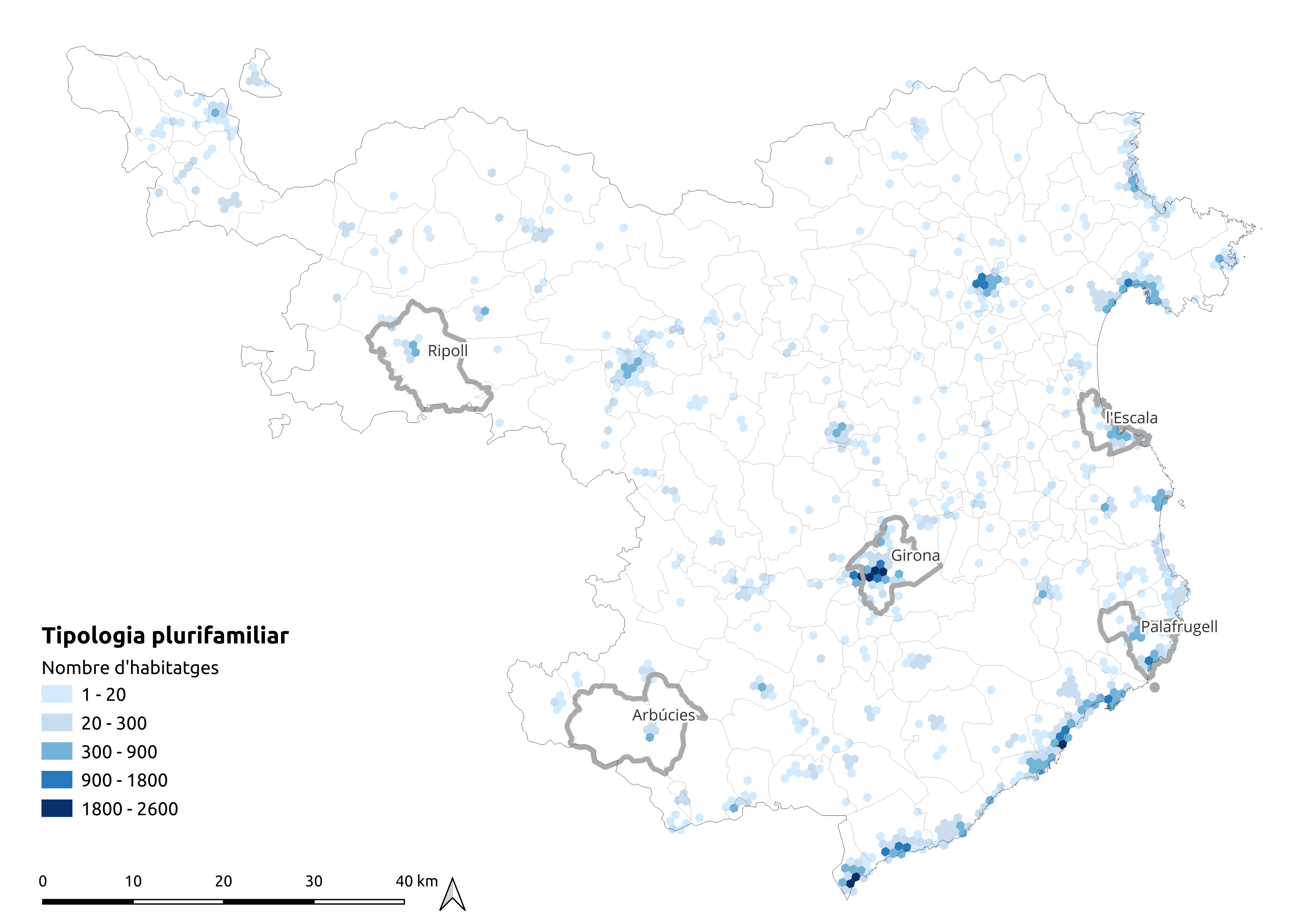

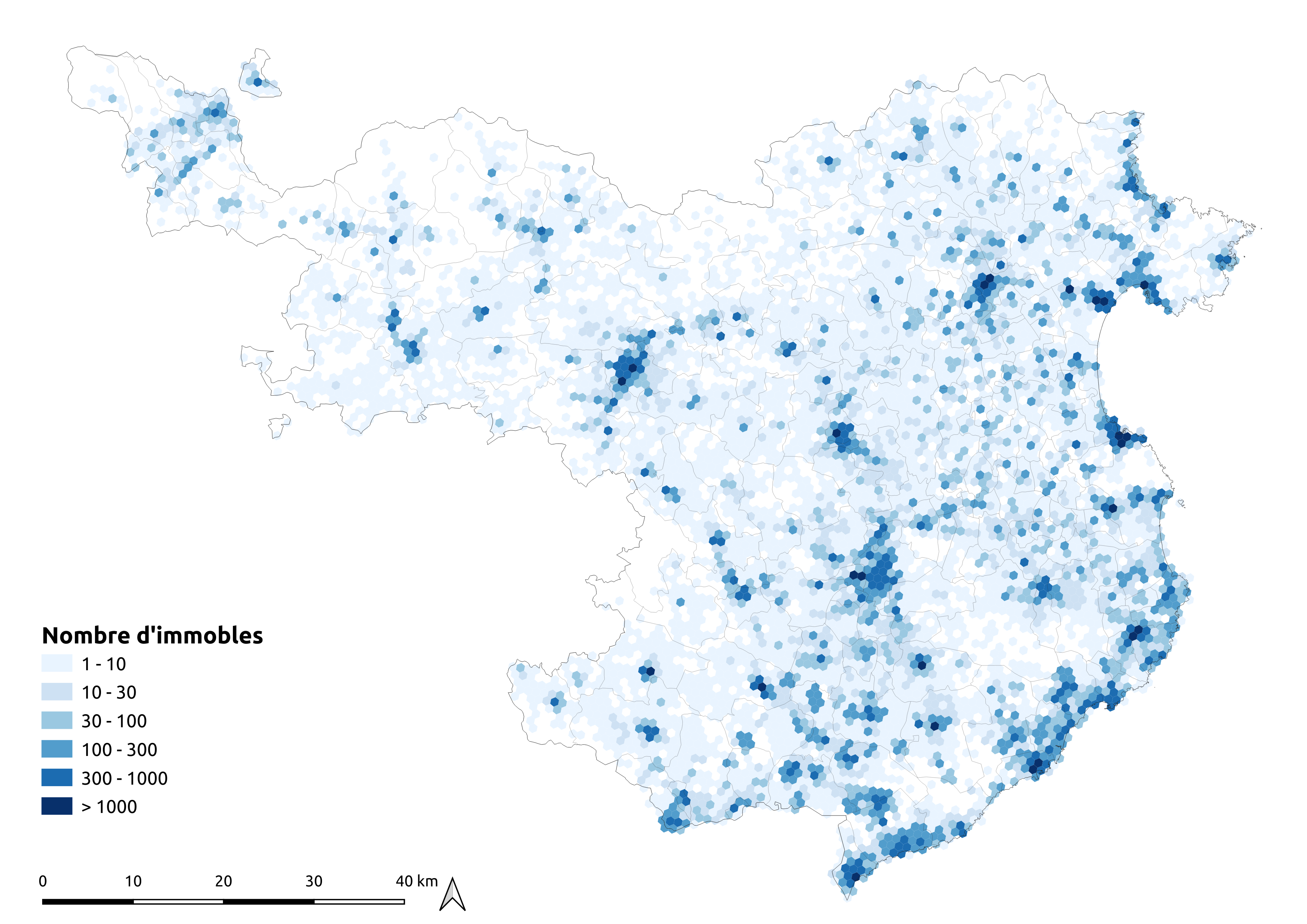
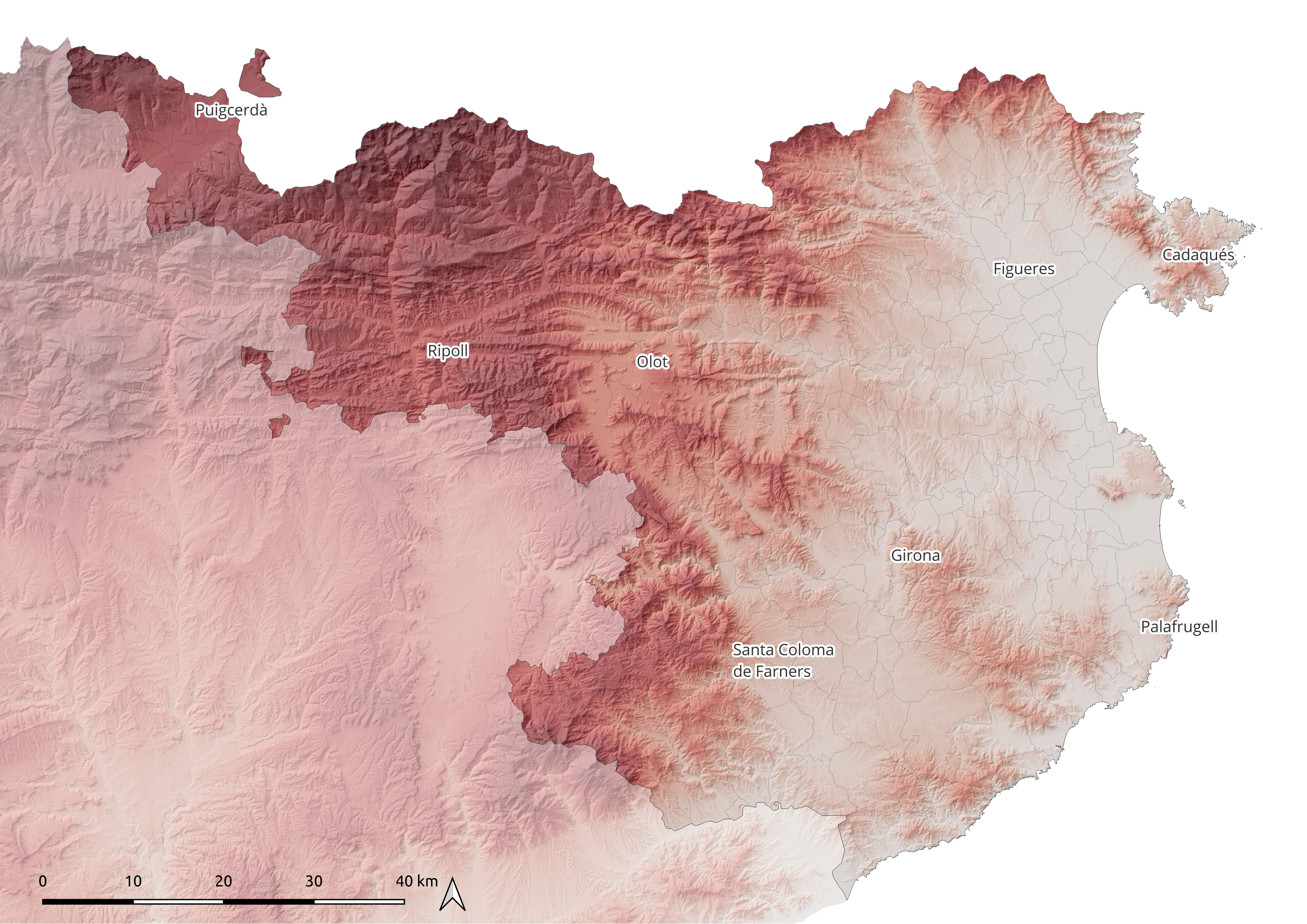
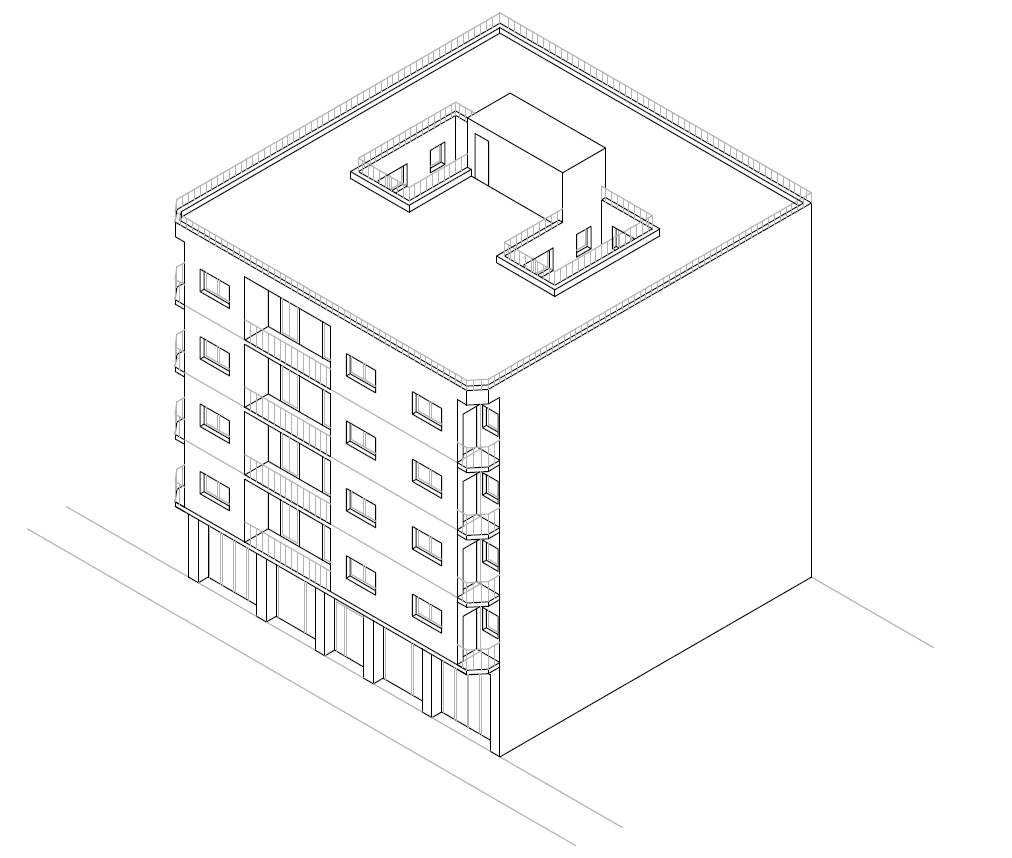
Authorship
Cíclica [space·community·ecology]
Client
Observatori de la Rehabilitació i Renovació Urbana de les Comarques de Girona, Diputació de Girona
Project year
2022
Date
23 de February de 2023
Category
Urban Building Energy Models
